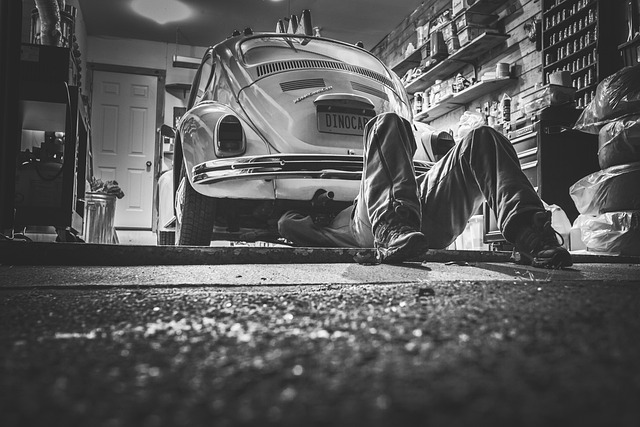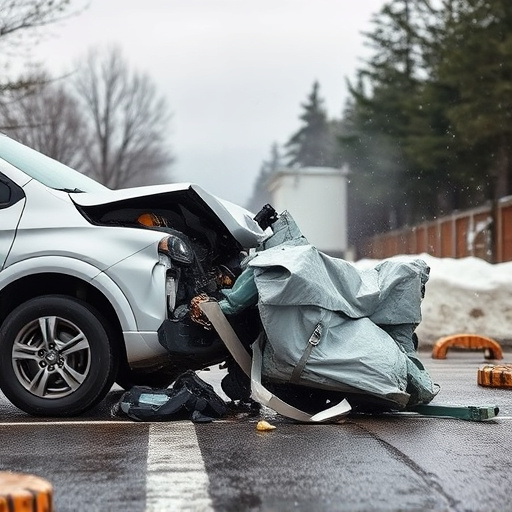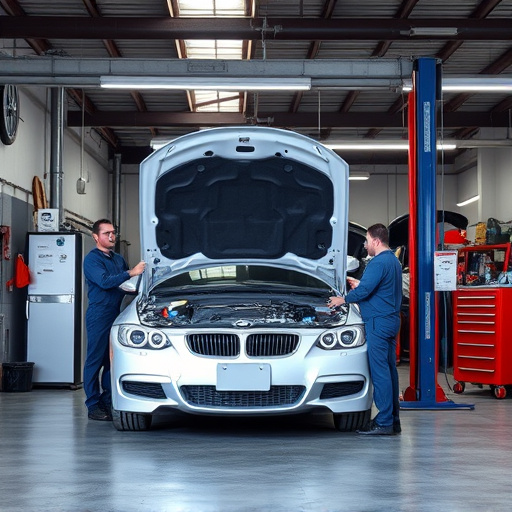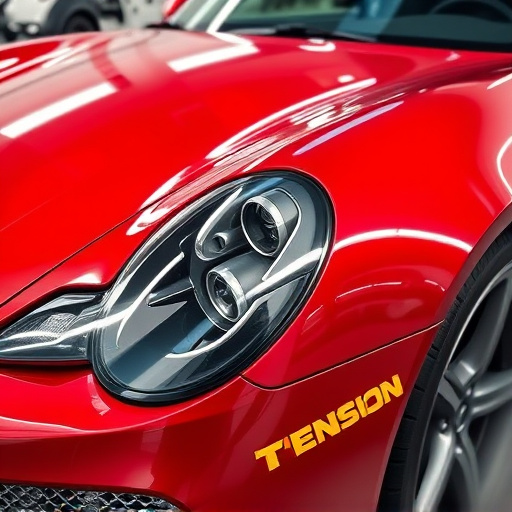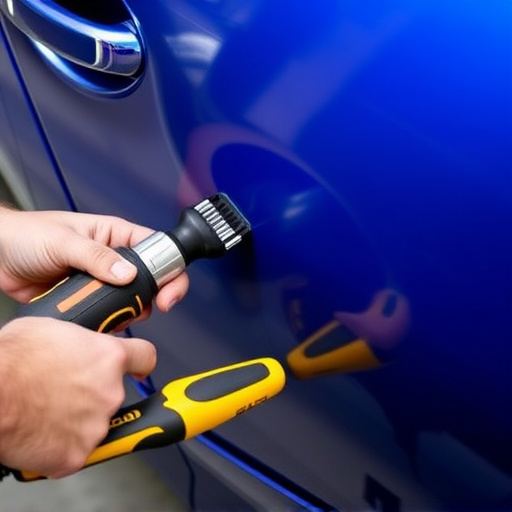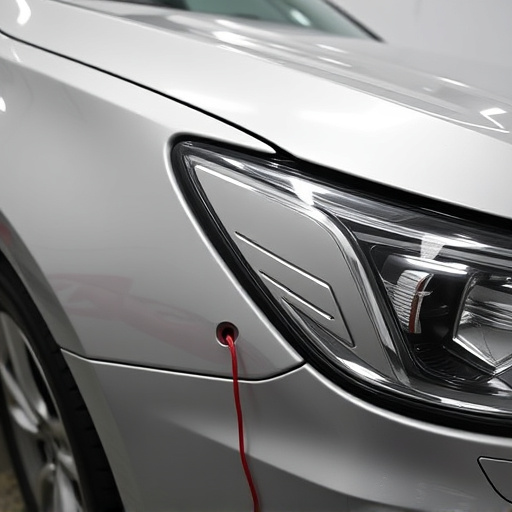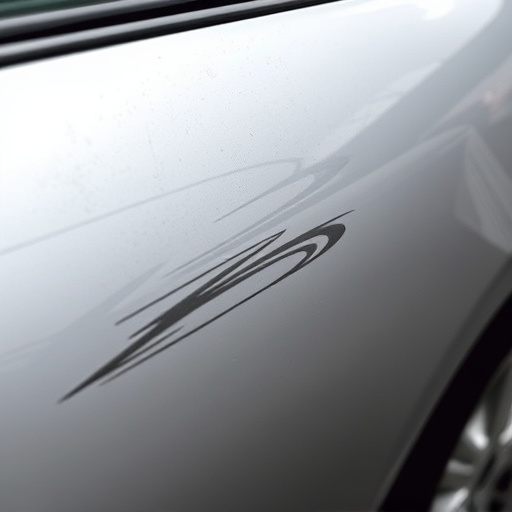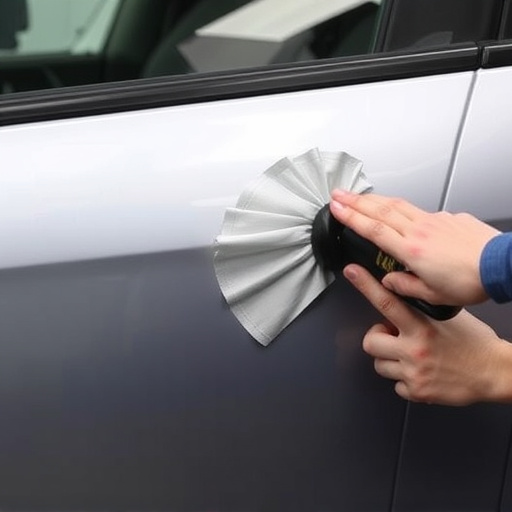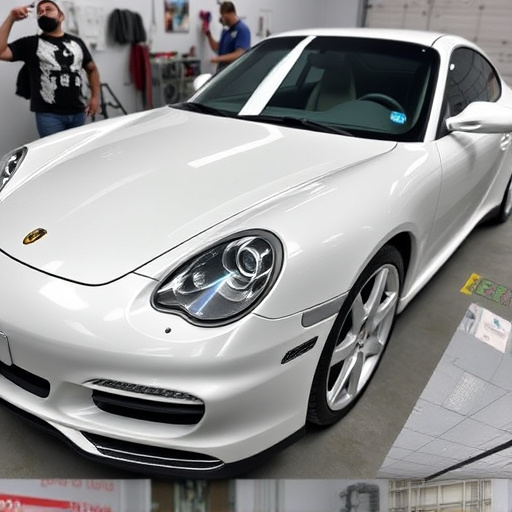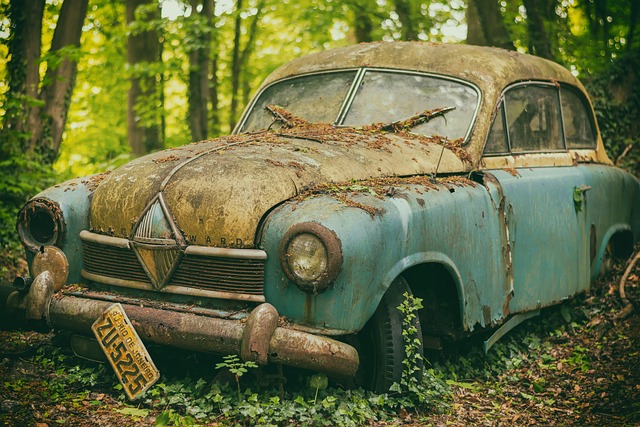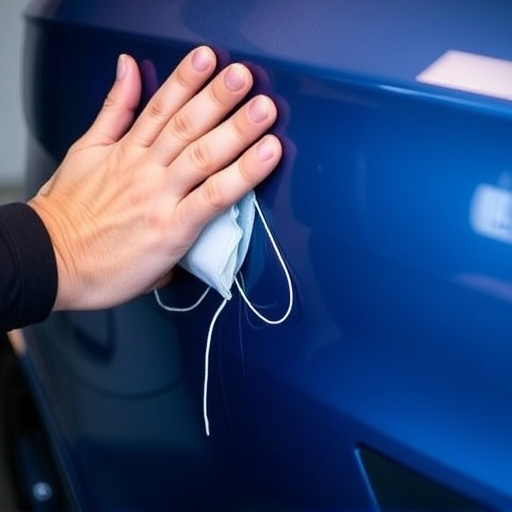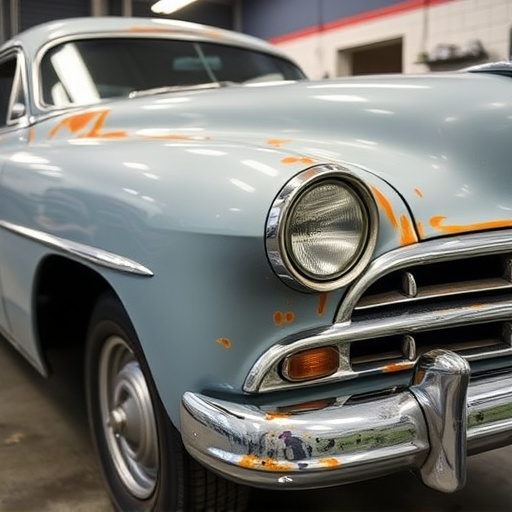Automotive paint technology involves base coats for color and protection, and clear coats for durability and shine. Different paint types cater to various needs. Proper preparation—assessing vehicle conditions, cleaning, sanding—is vital for professional results. This includes undercoat/primer application followed by precise spray painting techniques for a flawless finish.
“Dive into the fascinating world of automotive paint technology with our complete beginner’s guide. Discover the fundamentals, from understanding the basics and types of automotive paint to mastering the art of preparation—ensuring your car’s surface is ready for a flawless finish. Learn various painting techniques using essential tools. Whether you’re new to this craft or seeking to refine your skills, this guide offers a step-by-step approach, empowering you to achieve professional-level results in your automotive paint projects.”
- Understanding Automotive Paint: Basics and Types
- The Art of Paint Preparation: Surface Ready
- Painting Techniques: Tools and Step-by-Step Guide
Understanding Automotive Paint: Basics and Types
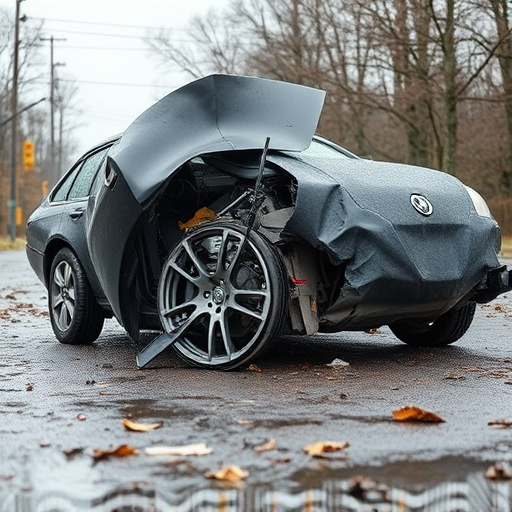
Automotive paint technology is a complex yet fascinating field that plays a crucial role in auto body repairs and enhancing vehicle aesthetics. Understanding automotive paint involves grasping its various types, each with distinct properties and applications. The two primary categories are base coat and clear coat, working together to provide protection and a glossy finish. Base coats serve as the foundation, offering color and primer functions, while clear coats provide the final layer of protection, enhancing durability and shine.
Different paint types cater to specific needs. For instance, enamels are known for their vibrant colors and quick drying time, ideal for auto body repairs requiring a durable, glossy finish. On the other hand, polyurethane paints offer exceptional durability and resistance to fading, making them popular choices for high-end auto repair services aiming for a long-lasting, elegant look. Moreover, understanding paint composition is essential in auto maintenance, as it allows technicians to choose the right products for various vehicle surfaces, ensuring optimal performance and longevity.
The Art of Paint Preparation: Surface Ready
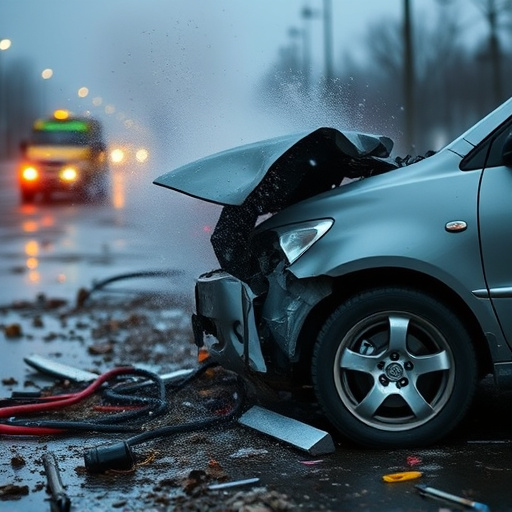
In the realm of automotive paint technology, understanding the art of paint preparation is a crucial step for achieving flawless results. Before applying any coat of paint, ensuring that the car’s surface is ready is essential to the entire process. This involves careful auto body repairs and meticulous surface treatment to remove any imperfections, corrosion, or old paint. The goal is to create a smooth, clean canvas that will adhere to new paint effectively.
Proper preparation begins with assessing the vehicle’s condition after potential incidents like car collision repair or even regular wear and tear. If there are dents or dings, these need to be addressed through auto body repairs to ensure an even surface. Similarly, auto glass replacement might be necessary if the windshield or windows are damaged, as clear and intact glass is vital for paint application. Once the structural integrity is restored, a thorough cleaning and de-greasing process ensures that no contaminants remain on the surface, guaranteeing a strong bond between the old and new layers of paint.
Painting Techniques: Tools and Step-by-Step Guide
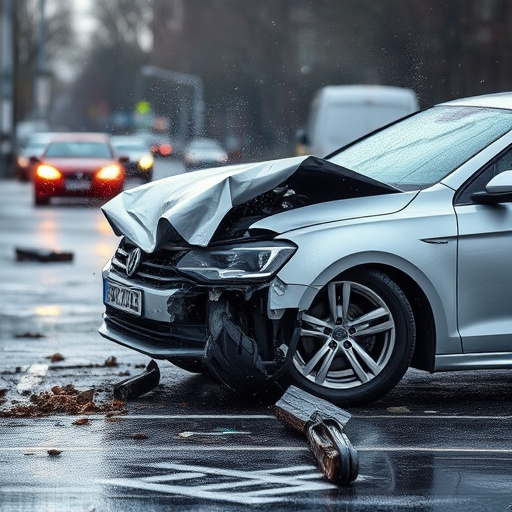
Painting Techniques: Tools and Step-by-Step Guide
When it comes to automotive paint technology, understanding different painting techniques is key for achieving professional results in vehicle restoration or any auto painting project. The first step involves gathering the right tools for the job. A typical toolkit includes sandpaper (grits ranging from 80 to 220), a pressure washer or degreaser, an automotive paint spray gun with a variety of nozzles, and protective gear like gloves and goggles. Additionally, a stable workbench or rack to secure the vehicle during painting is essential.
The process begins with thorough preparation: wash and degrease the surface, then sand it gently to create a smooth base. Next, apply an undercoat or primer using a roller or brush for even coverage. Once dry, use the pressure washer to remove any residual debris. Finally, it’s time for the main event – painting. Hold the spray gun at a 45-degree angle, maintaining a consistent distance from the surface. Start with the roof and work your way down to the fender benders, ensuring even coats and minimal drips. Allow each layer to dry completely before applying the next, building up the desired finish for a flawless auto painting job.
Automotive paint technology is a captivating art that transforms vehicles, offering both functional and aesthetic benefits. By mastering the basics, understanding paint types, and adopting meticulous preparation techniques, beginners can embark on their journey towards achieving professional-grade finishes. This guide’s step-by-step approach to painting techniques equips readers with the knowledge to navigate this intricate process, ensuring satisfying outcomes in their automotive paint projects.
